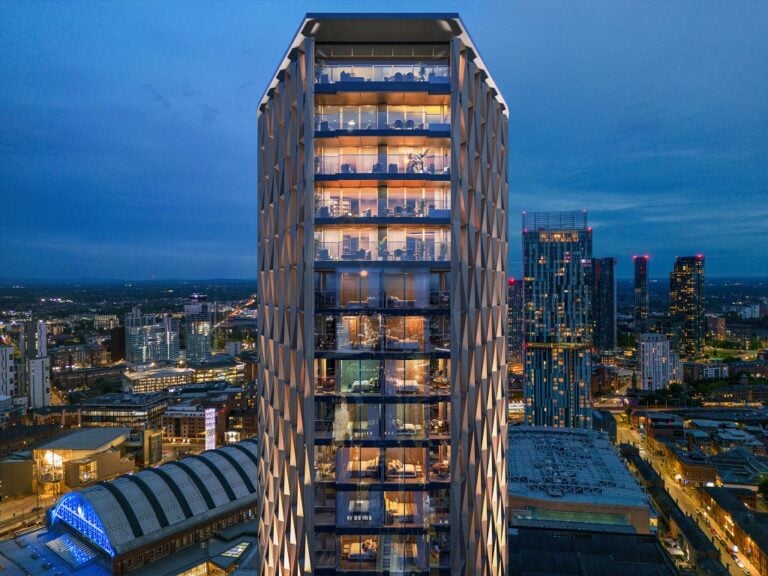The government’s renewed focus on housebuilding has been accompanied by figures showing that construction rates for new homes have reached a two-year high.
Against a more supportive economic backdrop than the construction industry has seen for a couple of years, building growth increased in August to a total output level of 53.6, according to the latest figures from S&P Global UK Construction Purchasing Managers’ Index.
Housebuilding and residential work specifically was the driver behind the latest growth in momentum, as it registered output of 52.7 in August which is the fastest level of growth in almost two years.
In S&P’s index, any reading above the 50.0 threshold indicates that activity in the industry is increasing, while anything below means it is shrinking.
The boost may serve as a signal to developers and property investors that conditions are becoming more favourable against an improved financial landscape, albeit with stubbornly high interest rates and some inflation rates that remain higher than target levels.
In terms of actual output, S&P Global found that commercial activity remained the highest at 53.7 – but this sub-sector is experiencing a much slower pace of growth than housebuilding, having slowed to its lowest rate since March this year.
Housebuilding hits accelerator
Since the new Labour government came into power in July, Prime Minister Sir Keir Starmer has placed housebuilding high on the agenda. One of his first moves was to reinstate previously scrapped housebuilding targets, but this time the goal would be to build 1.5 million homes by 2029.
Their are numerous methods proposed to achieve this, from building a series of ‘new towns’ across the country, to using ‘grey belt’ areas to more quickly achieve housebuilding targets in the areas that need it the most.
Whether any of these targets come to fruition, the latest news of a pronounced acceleration in housebuilding levels is a positive indicator that work is being done – and will open up more property investment opportunities.
Terry Woodley, Shawbrook Bank’s managing director of development finance, said: “The construction sector has hit the accelerator yet again, with August’s figures recording another rise due to strong activity and an increase in new orders.
“While the warm weather has certainly helped construction sites progress day-to-day projects, the recent interest rate cut and the government’s focus on boosting housebuilding will have increased developers’ sunny moods.”
Turning a corner
With the construction sector having “turned a corner”, according to S&P Global Market Intelligence economics director Tim Moore, it is notable that the housebuilding sector is the one with the greatest level of “renewed vigour”.
He put this down to lower borrowing costs – with mortgage rates having inched downwards over the course of the year – as well as a gradual recovery in market conditions boosting conditions.
It puts the long-term outlook for the sector look positive, adds Terry Woodley, although developers are likely to be keeping an eye on any updates or revisions to National Planning Policy Framework, which Labour has already made a number of amendments to.
“Whether or not the Budget will shed more light on these developments is yet to be seen, but in the meantime, there’s plenty for developers to look forward to,” he concluded.
Among property investors, there has been an increase in the level of interest in new-build property developments since the previous Conservative government introduced minimum energy efficiency standards (MEES) for rental homes.
Then-Prime Minister Rishi Sunak went on to halt any more rises to minimum energy performance certificate (EPC) ratings, but Labour has already indicated that this is likely to be reversed. As a result, investors will be keeping a close eye on new property developments in the UK’s major cities, which benefit from higher energy efficiency standards than the private rented market at large.










